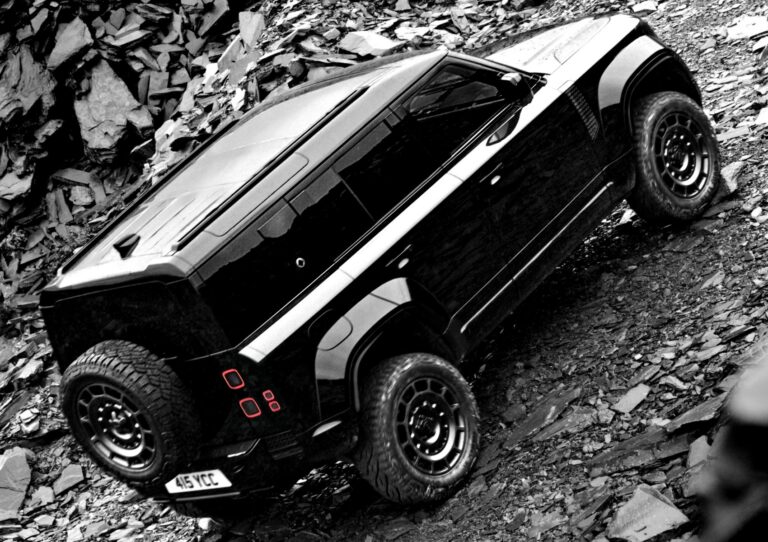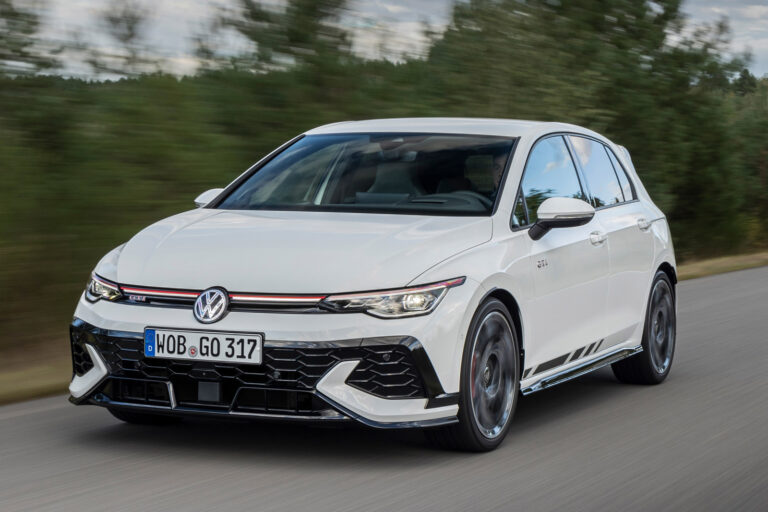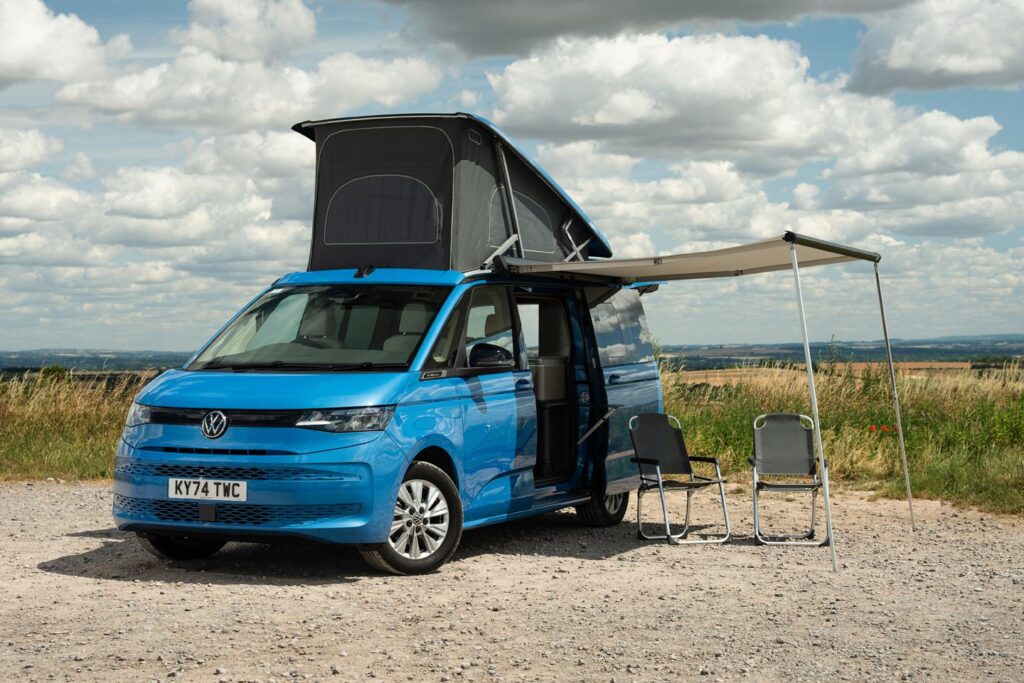

It is tempting to say the VW California is enjoying a moment, based on what seems like an explosion of online interest in the travel opportunities afforded by the humble campervan. Fortunately, PH isn’t (entirely) staffed by millennials, and a working knowledge of events before 2003 – the year VW launched its first Transporter-based California – means that some of us can recall a time when all manner of commercial vehicles were converted to accommodate what could approximately be called a bunk bed. We need not dip into the fabled history of the Westfalia Camper to know that if there is an opportunity to park overnight in very close proximity to a destination (typically a far-flung race track), some blokes will find a way to sleep there.
The difference, of course, between then and now, is the extent to which this has become a ‘lifestyle’ experience. In days gone by, you were lucky to emerge from an overhauled van with only inch-long splinters and third-degree burns— now the vibe is sufficiently soft-touch that the latest California isn’t even based on a commercial platform anymore. Peel the skin back and you’d discover yet another variant of the MQB Evo architecture underneath, the same one used by the V-Class-rivalling Multivan. This means the T7 is more closely related to a large MPV than any van VW currently sells.
Instinctively, this is another reason to look skyward and ardently wish for a time when the only awning you’d ever encountered was the one attached to your grandad’s bungalow. But it doesn’t take long for the newest California, in high-spec Coast format, to worm its way under your skin – even accounting for the fact that the T7 isn’t nearly as sharp-looking as its predecessors. It is nice inside though. Not surprisingly, the dash layout is very much like the Multivan’s, although obviously the California doesn’t get the elaborate centre console, which does wonders for the sense of available space. And how you can position your legs to take advantage of it. The temptation on long journeys to drive somewhat sprawled out, like an octopus on a bean bag, is hard to resist.
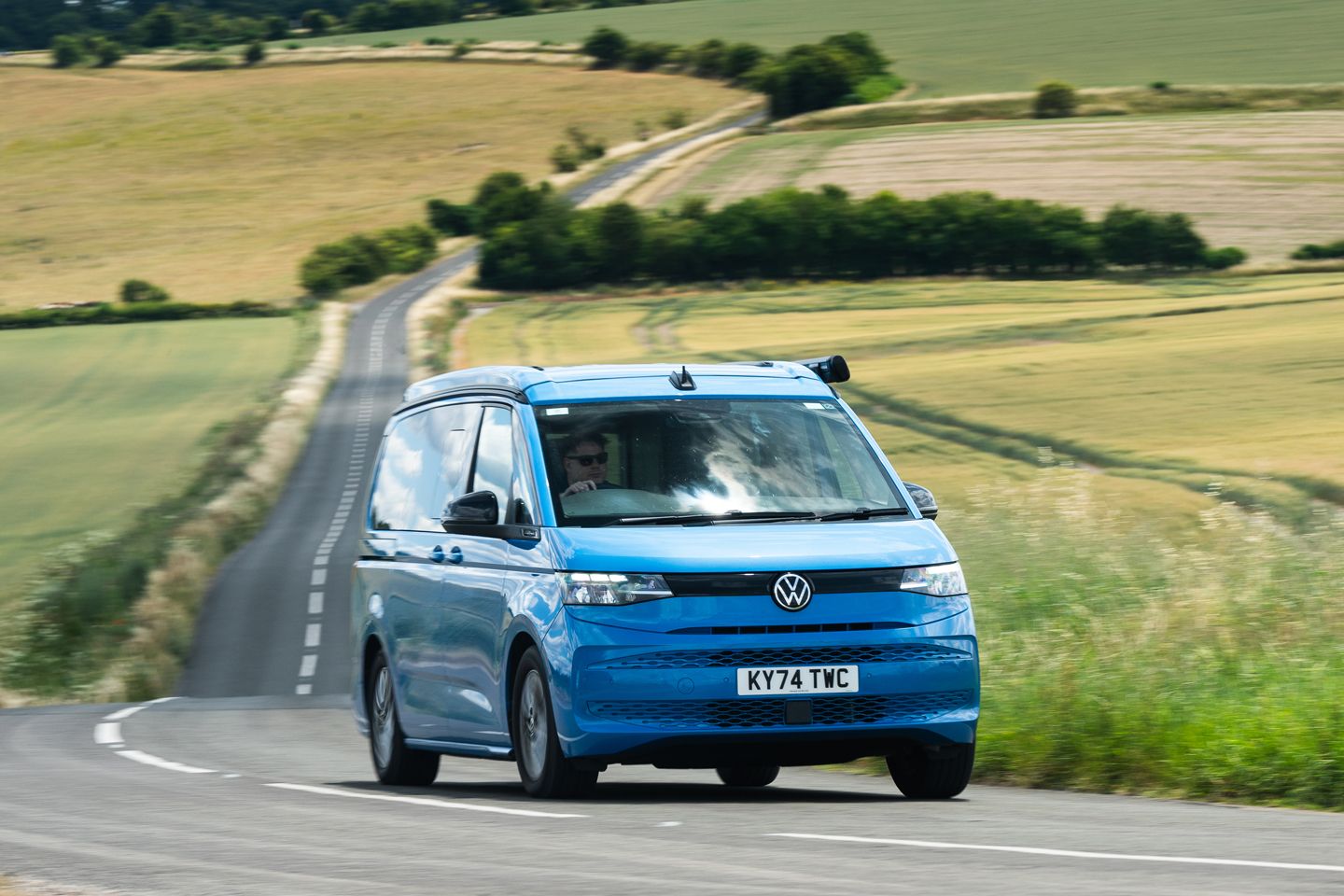
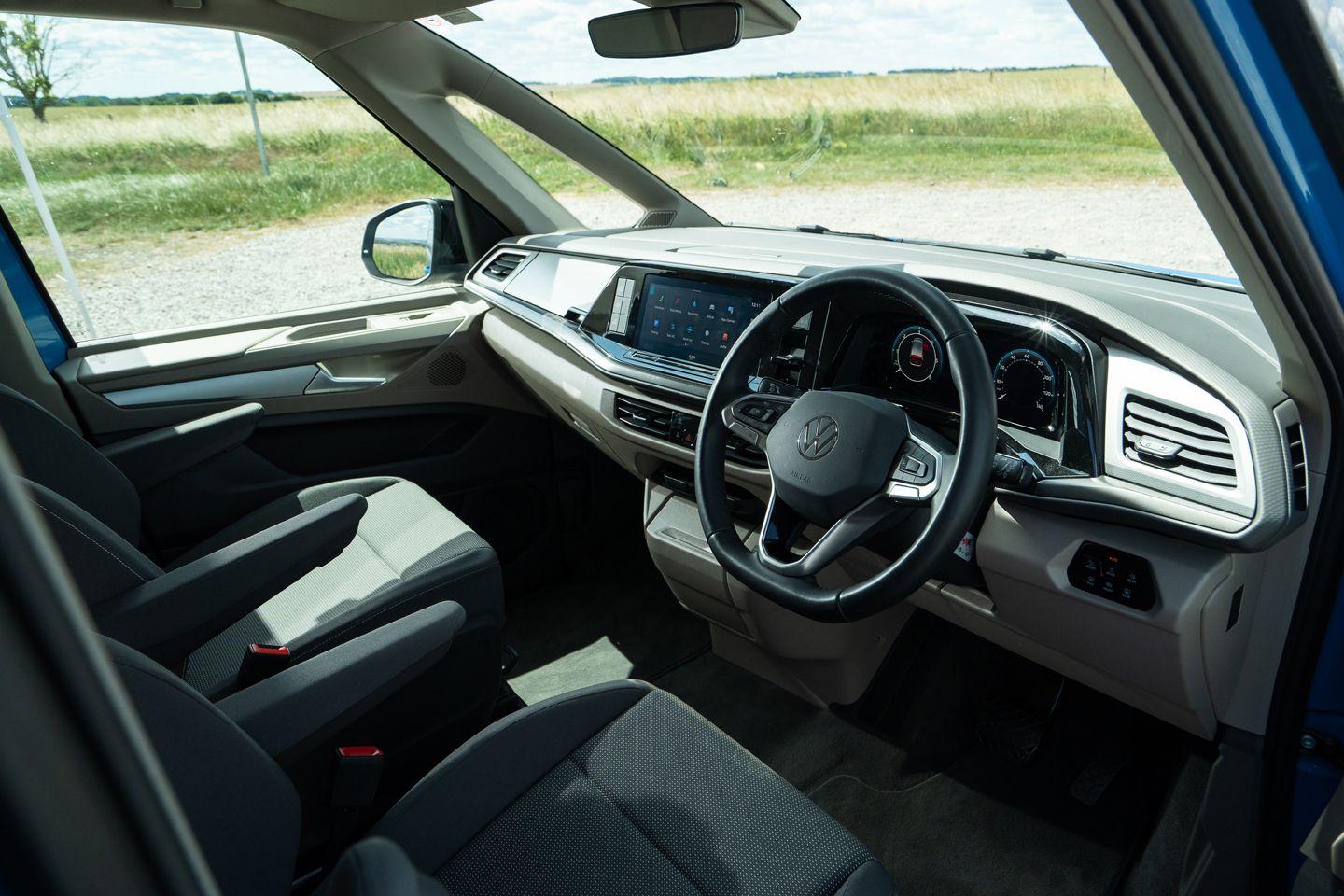
At any rate, you’ll be comfy. Probably the California was fortunate to arrive during a heatwave and with yours truly suffering from a recurring bout of lower back torment, but the standard fit captain’s chair, with armrests on both sides for propping elbows on and an exceptional view ahead, seemed instantly preferable to any sofa. And so it proved during a 12-hour round trip to Yorkshire. Any concern you might have had about the latest model losing its traditional driving position along with the platform can be immediately put to bed: you’re propped up in familiar style, with pedals underfoot and the steering wheel aimed roughly at your sternum. Sporty it is not. Relaxing it very definitely is.
The chassis settings are cut from the same cloth. Though it may have exchanged its underpinnings, VW has not distanced the California from its van-like handling; you simply gain a bit more finesse. Most notably from the primary ride and the steering, both of which are impressively well-configured for the job at hand. Driving an upmarket campervan ought to be as stress-free as possible; accurate control surfaces and a go-with-the-flow attitude to damping are just what the (back) doctor ordered. Granted, the way the California hits potholes could hardly be called subtle – let’s not forget it weighs 2.5 tonnes and there’s all manner of stuff waiting to rattle discontentedly in the back – but as demerits go, it’s easily forgiven. Or it was on a long stint up the M1, anyway.
Admittedly, some of this contentment had something to do with the 2.0-litre TDI unit doing all the heavy lifting. VW’s venerable oil burner hardly requires a fresh appraisal – but when you’ve been away from its various strengths for so long, they reacquire the power to amaze. Installed in a car the size, shape and weight of a fairly substantial garden shed, the engine is still claimed to return 41.5mpg – and did so, despite being driven with outside-lane gusto, and often taking full advantage of 265lb ft of torque and the seven-speed DSG’s attentiveness. You could buy a California as a petrol-electric hybrid with considerably more power – but I wouldn’t. The four-cylinder TDI, mountain goat-like in its springy step, could hardly be better suited to the task of big, monotonous distances.
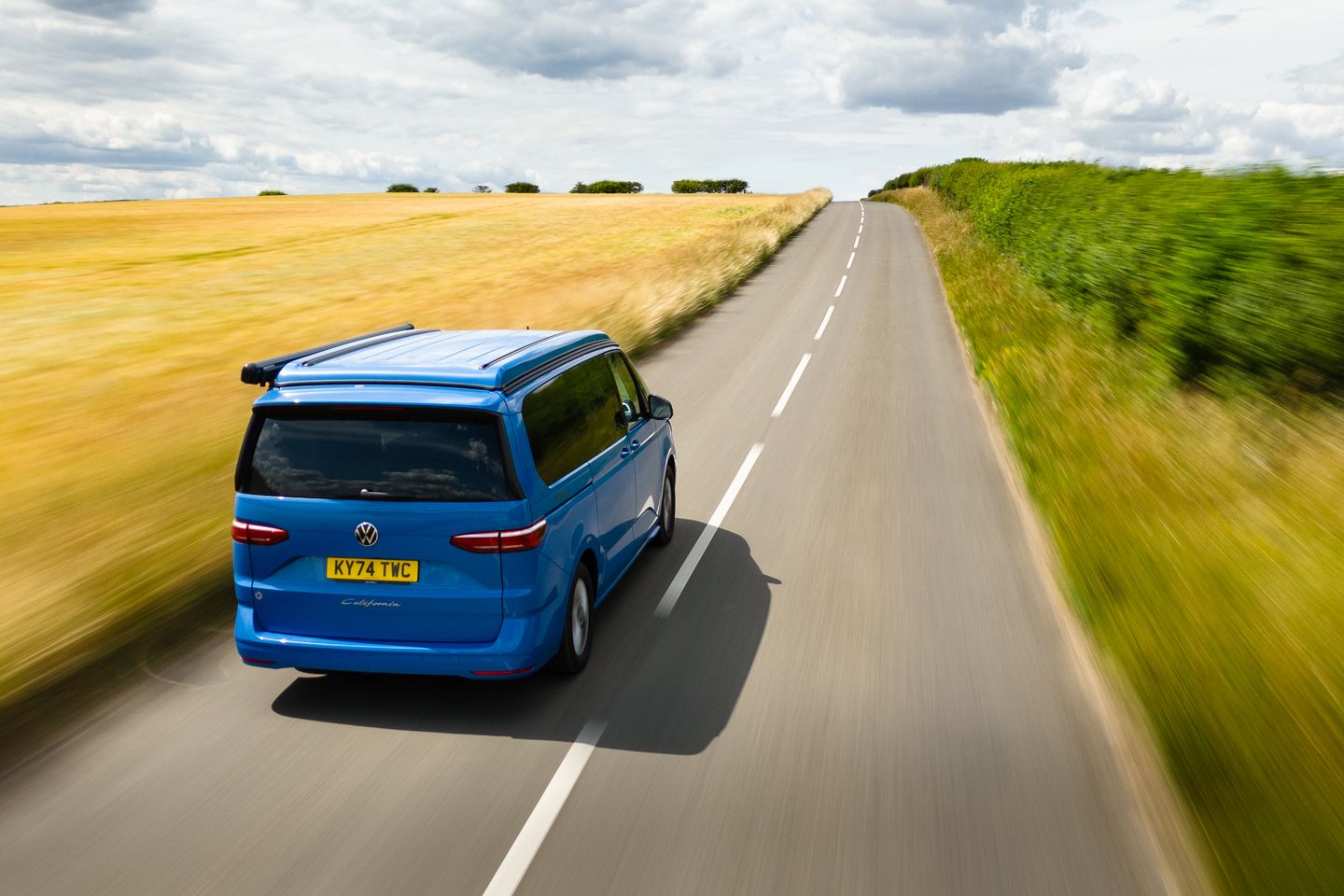
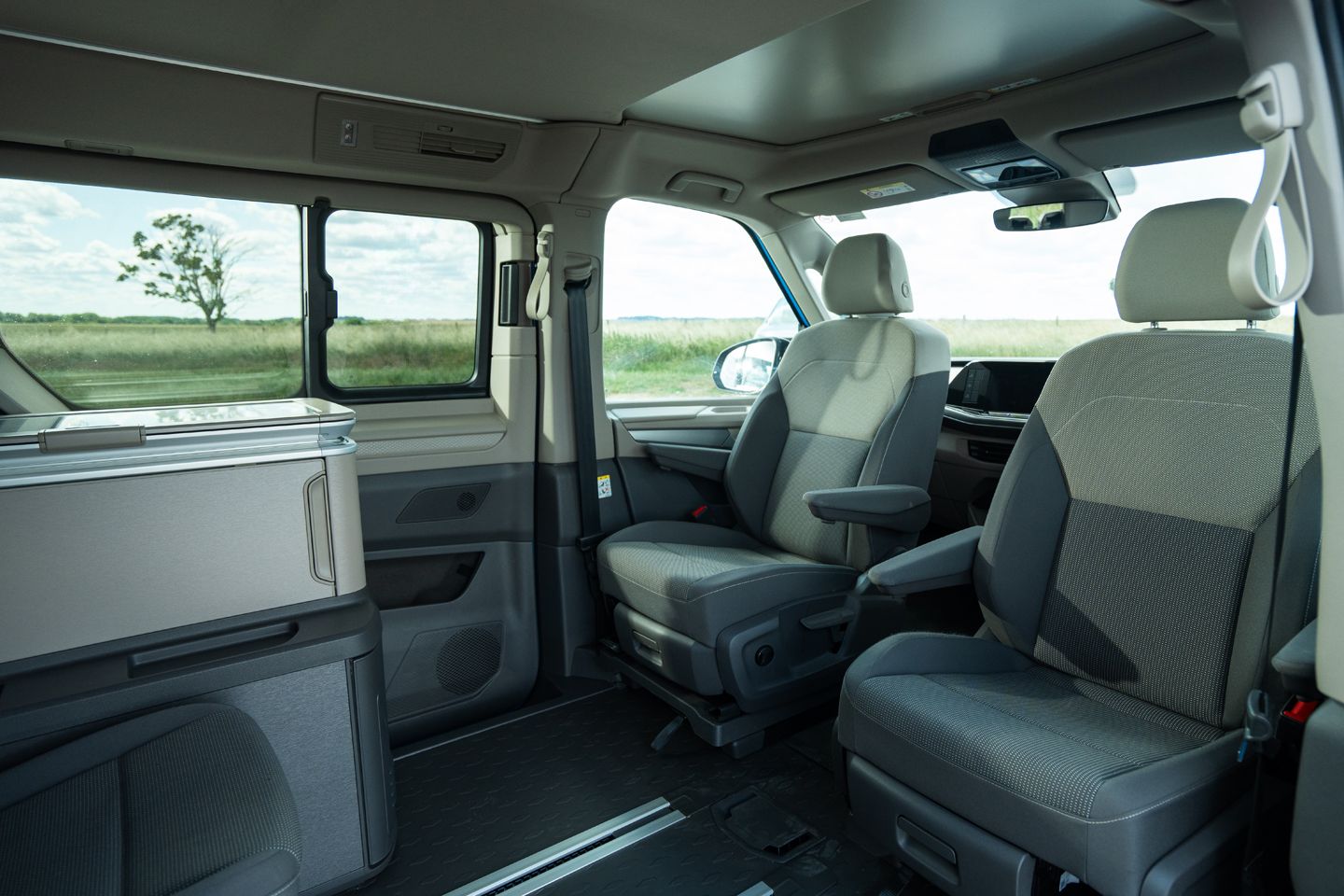
Of course, it’s when you get to where you’re going that the Cali really comes into its own. Precisely how long it takes to go from ‘drive’ mode to ‘camp’ depends on how many of its extensive features you plan to use. The Coast comes with the fold-out ‘mini kitchen’ (essentially a one-burner gas cooker), running cold water (with fresh and waste tanks), an auxiliary heater, a 230-volt inlet for hooking up, a fold-out bed in the rear, two folding chairs in the tailgate, not to mention the manually extendable awning to put them under. You can even have a shower if you’re feeling particularly brave/desperate. Alternatively, if you’re feeling lazy and/or plan to do nothing more complicated than sleep in the California, it is merely a question of pushing a button and waiting for the rooftop canopy to unfurl itself. Throw a sleeping bag and some pillows through the hatch above the front seats, followed (with not quite so much dignity) by yourself, and Bob is very much your uncle.
For anyone who has ever eyed a patch of grass suspiciously or wrestled with a tent or begrudged sleeping on the ground or shuddered at the sound and smell of canvas, the feeling of settling down in your private loft (which didn’t exist 90 seconds earlier) is little short of revelatory. Granted, it helped in this case that the weather was as close to perfect as Yorkshire ever gets: warm but with sufficient breeze to take advantage of the zippable, bug-resistant openings. And yet it’s hard to imagine ever begrudging climbing into your tiny padded bedroom, one seemingly constructed from the same high-grade materials as the rest of the interior, and sleeping very, very close to nature, while being reassuringly cocooned from it. I slept like a fat baby.
Admittedly, I was on my own. Had the Mrs been with me, I suspect she would have decreed that I ‘eff off ‘downstairs’ to assemble the other bed, which is a process as manual as erecting an Amish barn. And she would likely have insisted we have the awning up and the chairs out too, which requires less faff, although the former does not instil much confidence in its ability to survive anything more serious than a breath of wind. Moreover, with her famous inability to pack light (a failing I cautiously extend to the rest of her gender), I suspect the amount of space available generally would have been at a premium. The thought of travelling somewhere to stay four up, even with two small children, is the point where my enjoyment of the California would likely turn to claustrophobic dread.
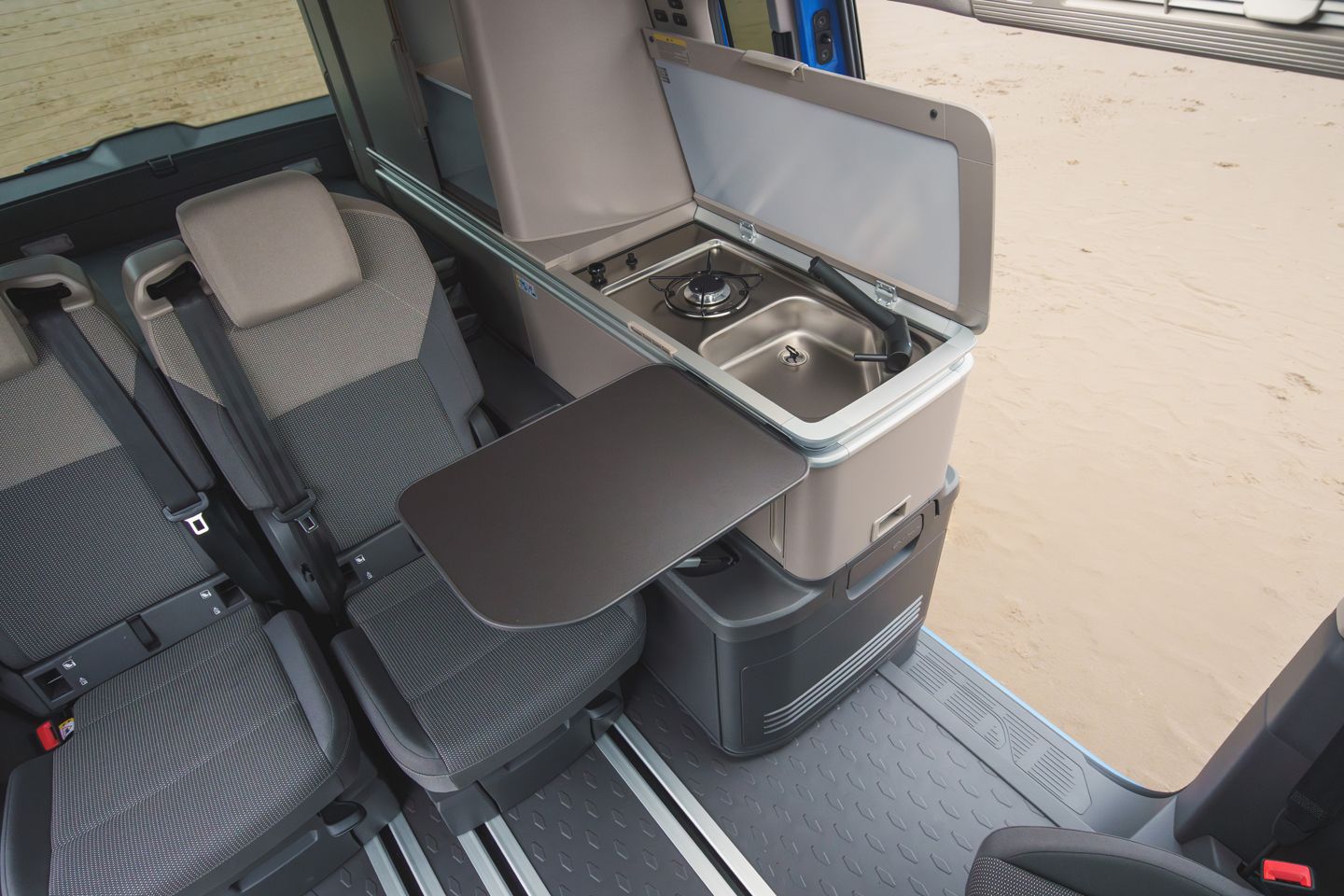
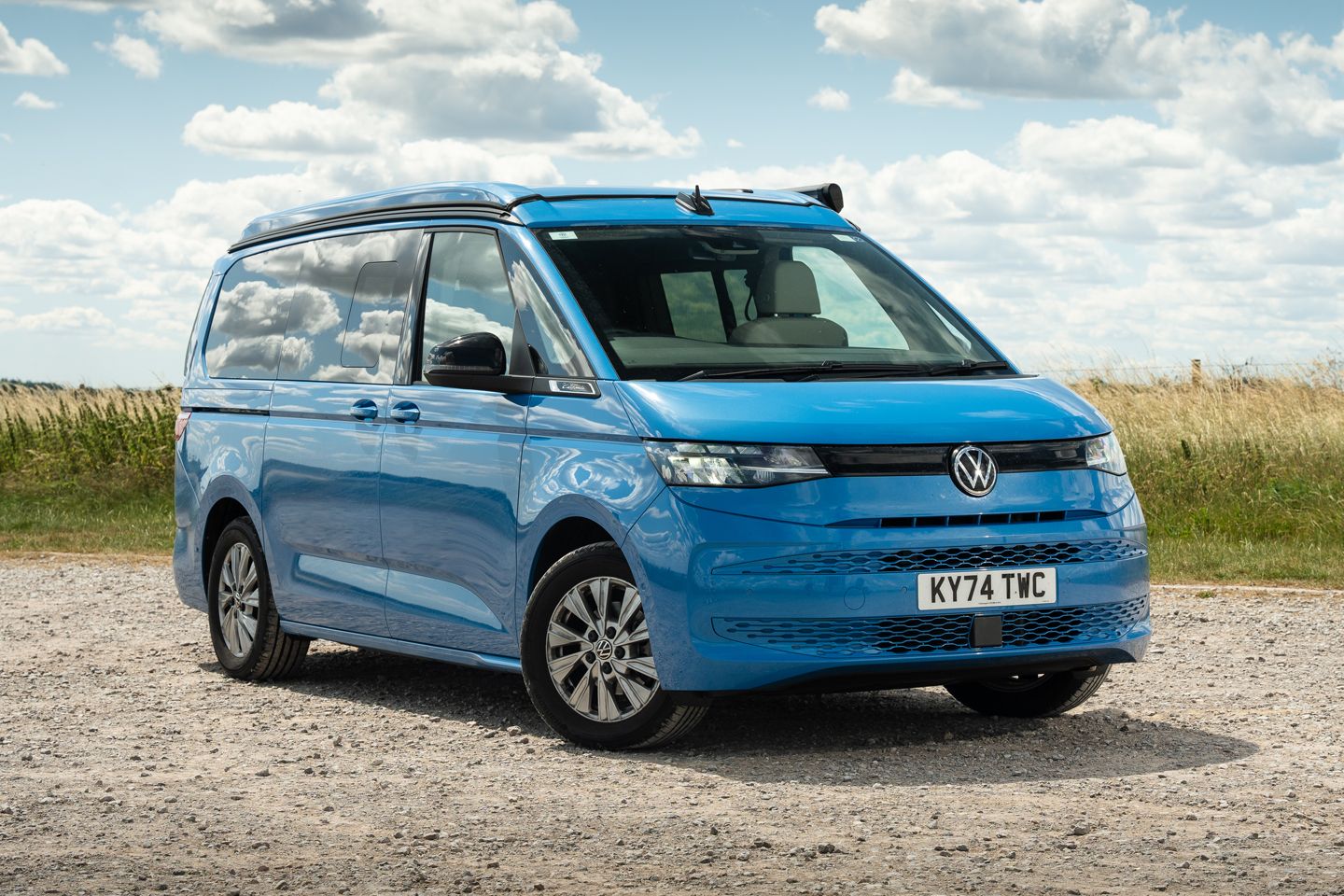
A chance but timely meeting with some previous owners (everyone loves to chat about the California) confirms that scale has a tendency to be both attraction and sticking point. The world is well-adapted to accommodating vans of this size, and the appeal of being able to drive virtually anywhere without a second thought for your vehicle’s dimensions is not to be underestimated. The California is as wieldy as a well-oiled shopping trolley; people like that. But, much like a shopping trolley, once it has a few chunky items aboard, it doesn’t seem half as big – and for lengthier vacations this is a problem. Ditto the idea of staying somewhere that isn’t equipped with free food and drinks and showers and toilets (thanks again, Jeep UK).
The counter argument to these obvious limitations, naturally, is that the California is only really meant for short-ish trips or else the full convenience of a proper campsite. But that fact must be set against its substantial asking price: the Coast is £70,681, on the road. The one we drove, with a smattering of options that include the upgraded infotainment (£900) and the retractable tow bar (£948), was £74,089. So the question, ultimately, is less about whether the California is any good – I loved it, and were I planning on spending umpteen weekends away mountain biking or track day-ing or hill climbing, I can honestly think of nothing better – but whether or not a) it fits your specific requirements and b) if you can afford it.
After all, most people, if they are especially lucky, only have enough space in their lives for one very expensive toy. Plenty, it seems, choose a California without looking back – and I envy their certainty. Based on this experience, admittedly in an ideal setting, I would enjoy it not one iota less. But I would also regard the space that it takes up as one that could not simultaneously be filled by an old Porsche 911 or new Caterham Seven or any number of other exciting alternatives. That’s just me, of course. What’s important for Volkswagen and the T7 is that the California’s position as a serious, ponderable alternative to a rear-drive sports car (or whatever else you can imagine blowing £70k on) is assured for another generation. If you do take the plunge, expect to encounter plenty of jealousy – both online and off.
Specification | Volkswagen California Coast 2.0 TDI
Engine: 1,968cc, four-cylinder, turbocharged, diesel
Transmission: 7-speed dual-clutch automatic, front-wheel drive
Power (hp): 150 @ 3,000rpm
Torque (lb ft): 265 @ 1,600-2,750rpm
0-62mph: 12.6 seconds
Top speed: 117mph
Weight: 2,417kg (unladen)
MPG: 41.5 (WLTP)
CO2: 180g/km (WLTP)
Price: £70,681 incl. VAT (£74,089 as tested)
